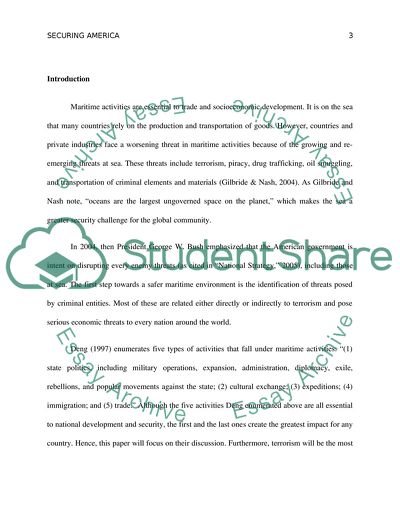Cite this document
(“Current Threats to Maritime Activity Research Paper”, n.d.)
Retrieved de https://studentshare.org/miscellaneous/1567919-current-threats-to-maritime-activity
Retrieved de https://studentshare.org/miscellaneous/1567919-current-threats-to-maritime-activity
(Current Threats to Maritime Activity Research Paper)
https://studentshare.org/miscellaneous/1567919-current-threats-to-maritime-activity.
https://studentshare.org/miscellaneous/1567919-current-threats-to-maritime-activity.
“Current Threats to Maritime Activity Research Paper”, n.d. https://studentshare.org/miscellaneous/1567919-current-threats-to-maritime-activity.


